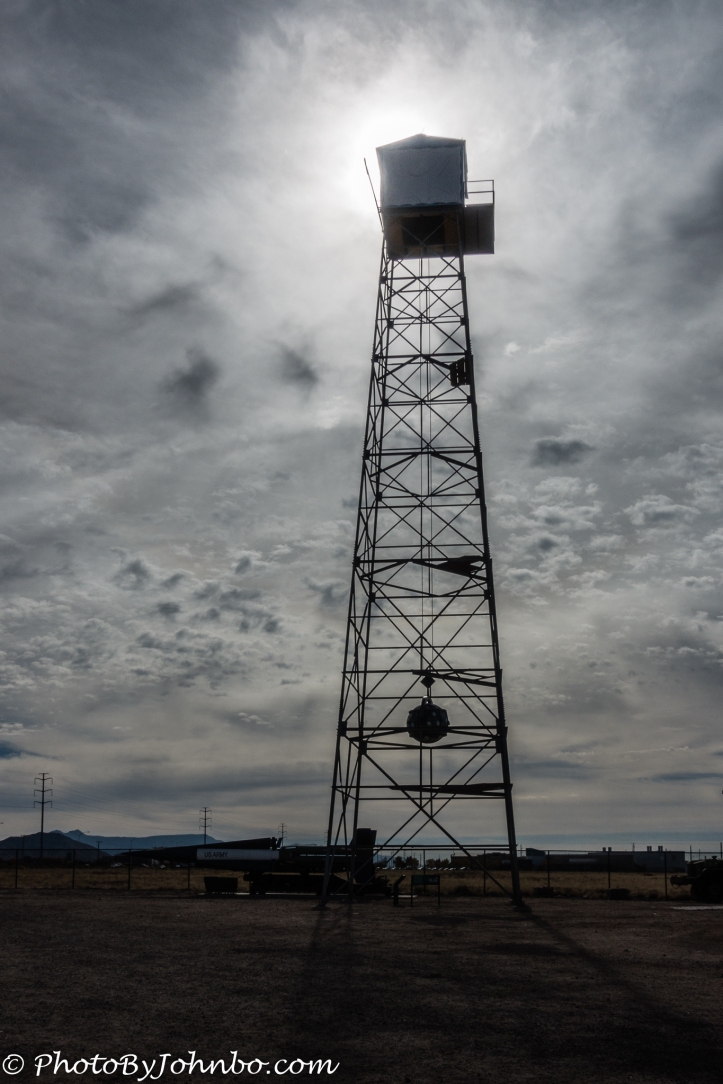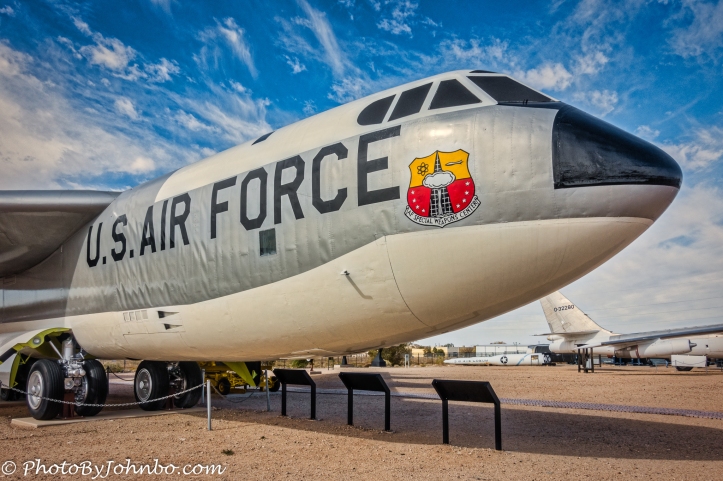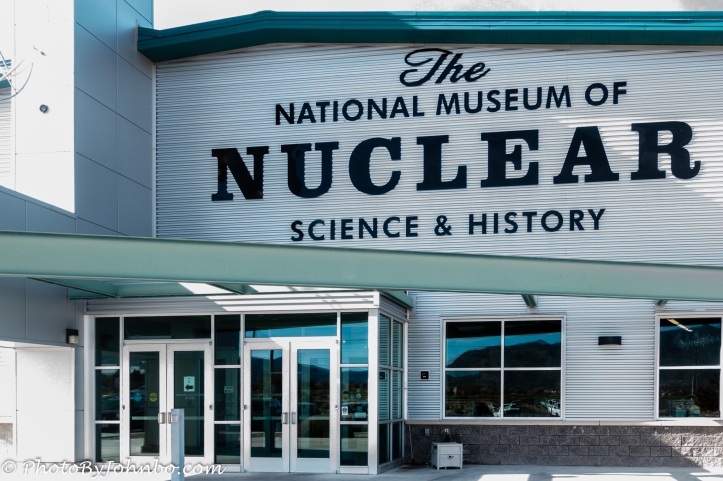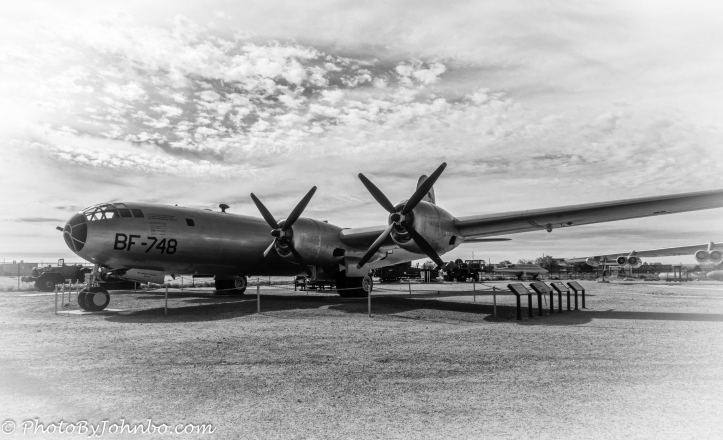Warning – If you don’t “science”, you won’t like it here. OK, so maybe that’s a little strong. Museum fans with a bent toward science will find this place fascinating. After all, what self-respecting science nerd wouldn’t love to attend the Einstein Gala. As this is being published, it’s only a few days away. What goes on at the gala? Here are the details straight from the museum’s website:
The Einstein Gala is New Mexico’s biggest science party of the year! This prestigious black-tie event is the Museum’s most important fundraising event and features a cocktail reception with an amazing silent auction filled with the most unique items in Albuquerque, a delicious dinner experience among some of the most brilliant minds in science and history and thrilling entertainment featuring science experiments that will knock your socks off!
There are lots of hands on exhibits that can attract both young and old to learn about nuclear science. The museum features nuclear science from its early days through today’s peaceful uses of the technology. Both permanent and rotating exhibits feature science facts and describe the history of the atomic age. We spent a full morning going through the inside of the museum, and then stepped outside to view Heritage Park.
The park features exhibits like the Boeing B-29 Superfortress pictured above. I couldn’t resist treating the image in black and white. The long-range bomber was introduced in the latter months of World War II and served through the Korean War and beyond, finally retiring in 1960. It was the B-29, famously named Enola Gay, that dropped the atomic bomb on Hiroshima, Japan.
 Not without controversy, one of the latest exhibits in the park is a 100-foot replica of the Trinity Tower holding a depiction of “Gadget”, the first nuclear bomb. The original tower was, of course, vaporized in the test blast at White Sands Missile Range, New Mexico, site of the first atomic tests. The unveiling of the exhibit was the focus on October 6, 2017. Protesters marked the occasion with signs asking the museum to show the effects of the test blasts on residents who lived downwind of the blast and how they were affected by the release of radiation during the tests.
Not without controversy, one of the latest exhibits in the park is a 100-foot replica of the Trinity Tower holding a depiction of “Gadget”, the first nuclear bomb. The original tower was, of course, vaporized in the test blast at White Sands Missile Range, New Mexico, site of the first atomic tests. The unveiling of the exhibit was the focus on October 6, 2017. Protesters marked the occasion with signs asking the museum to show the effects of the test blasts on residents who lived downwind of the blast and how they were affected by the release of radiation during the tests.
 One of the iconic aircraft of the era is the venerable Boeing B-52 Stratofortress. Some of the 744 aircraft produced in the 1950s are still in service today. The last units ordered were delivered in the early 1960s. From its inception, the B-52 was meant to be a nuclear bomber, eventually modified to house several different weapons platforms including ballistic and cruise missiles. The platform is projected to be used until at least 2040, a lifespan unheard of in military aviation. The gallery of images below features images captured in Heritage Park, the outdoor area curated by the National Museum of Nuclear Science and History. On most browsers, you can click on an image to enlarge it and to scroll through the gallery.
One of the iconic aircraft of the era is the venerable Boeing B-52 Stratofortress. Some of the 744 aircraft produced in the 1950s are still in service today. The last units ordered were delivered in the early 1960s. From its inception, the B-52 was meant to be a nuclear bomber, eventually modified to house several different weapons platforms including ballistic and cruise missiles. The platform is projected to be used until at least 2040, a lifespan unheard of in military aviation. The gallery of images below features images captured in Heritage Park, the outdoor area curated by the National Museum of Nuclear Science and History. On most browsers, you can click on an image to enlarge it and to scroll through the gallery.
John Steiner










Whoa… what an interesting museum. On a slightly related tip, have you ever heard that carrots are good for your eyes? That was WWII propaganda out of England. In an effort to conceal the fact that England had radar that was decimating the Luftwaffe, they created the propaganda that their eyes were exceptional because of carrots…
Hadn’t heard that. Interesting tidbit.